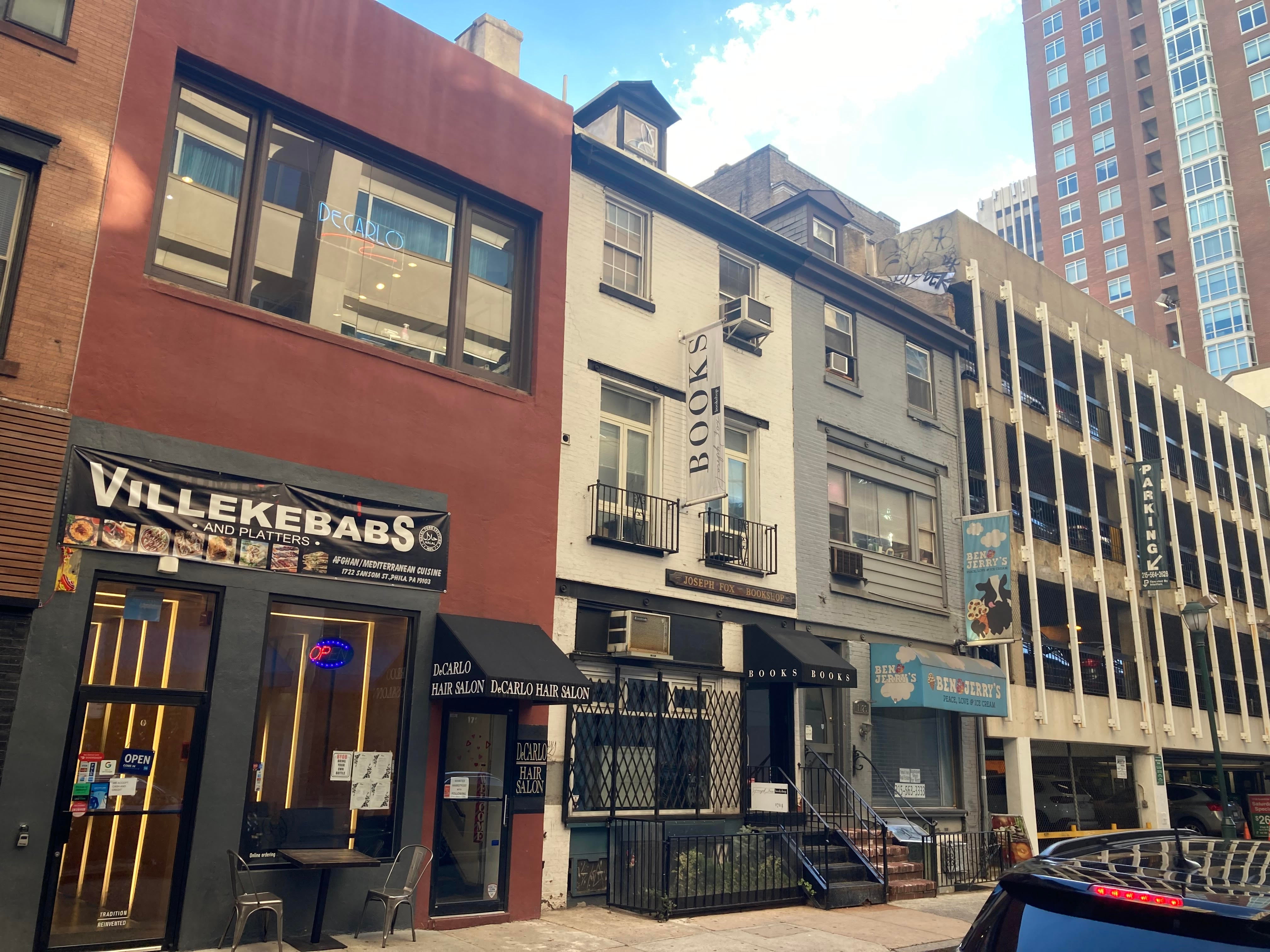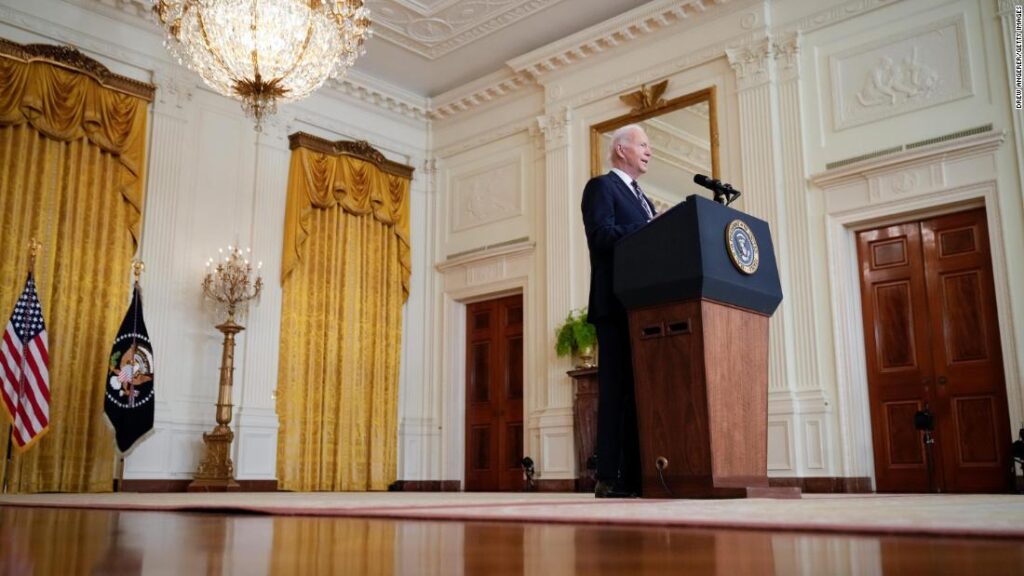 To visit Philadelphia’s Joseph Fox Bookshop in the last two weeks of January was to attend a wake.
To visit Philadelphia’s Joseph Fox Bookshop in the last two weeks of January was to attend a wake.
Tucked away on a narrow one-way street in the heart of Center City, the 71-year-old institution held a special magic.Its neatly curated selection of hip novels, architectural tomes, and children’s literature was framed by pleasantly tasteful interior decor and soothing lighting.Everyone behind the counter knew their stuff and would gladly recommend a gift, even if you were only half-sure about the recipient’s favorite novel.
So when rumors began to spread on Twitter that the beloved staple might soon close, a story soon confirmed by the Philadelphia Inquirer , the reaction was dramatic.
“I wasn’t prepared for the outpouring of emotion,” says Michael Fox, 69, whose father opened the shop in 1951.“People were crying outside the book store, people were bringing us presents and food.There’s been this extraordinary outpouring of affection and sadness.”
Joseph Fox was thronged in those last weeks of business, its narrow rowhouse confines bursting with grieving loyalists.While locals mourned for one Philadelphia icon, however, there were also dark murmurings about a potentially much greater malady.
Is Center City experiencing a retail meltdown? Nearly two years into the era of remote work, are Philadelphia’s downtown, and other central business districts around the country, finally collapsing? The relatively high-end commercial corridors of Walnut and Chestnut streets—both hit hard by the shutdown and looting and property destruction in 2020—are still pocked with vacancies.Their counterparts on Miami Beach’s Lincoln Road, Chicago’s Magnificent Mile, and Manhattan’s SoHo all saw vacancy rates of 20 percent or higher in 2021.
“Walnut Street used to be this vibrant, thriving, amazing community of stores, all these big chain clothing stores—and they’re just not reopening,” says Fox.
“At six o’clock when we close, there’s no one on the street.That’s a real indication that something changed.People are not in town, they aren’t working.”
This is very specifically a downtown problem.
At the macro level, the national retail market is proving resilient two years into the pandemic, with many of its weaker performers already culled by the “ retail apocalypse ” of 2018 and 2019.For the first time since 2014, the real estate analytics company CoStar Group tracked more store openings than closings last year.
Buoyed by unprecedented amounts of federal support for households and businesses in 2020 and early 2021, paired with increased savings due to inactivity earlier in the pandemic, Americans pounded down the doors of national retailers last year.
“Retail sales blew through the roof at a much higher rate than we would have ever expected and consumption hit all-time highs,” says Brandon Svec, national director of U.S.
retail analytics with the CoStar Group.“The consumer was unleashed back into the world with vaccines in their arms and a couple extra trillion dollars in their bank accounts.”
That larger truth obscures inequities.The booming metropolitan areas of the Southeast and Southwest are outperforming more stagnant counterparts in the Northeast and Midwest.Rural regions continue to suffer from a dearth of retail activity, while suburbs are outperforming urban cores especially in older, denser cities like Philadelphia.
Michael Fox isn’t imagining things when he laments reduced foot traffic and boarded up storefronts.
By the count of Philadelphia’s Center City District , a third of downtown consumers are still absent.In 2019, an average of 428,000 people walked the streets of central Philadelphia every day.In 2021, there were only 267,000—a gap almost entirely explained by the continued prevalence of remote work.
“The suburbs continue to outperform street-level urban retail, especially in cities like New York, San Francisco, and Chicago,” says Svec.“It’s not where it was in the depths of the pandemic, but it’s coming back much slower.It isn’t even back to its pre-pandemic self, whereas many suburbs around the country are better off than they’ve ever been.”
Within the ranks of slowly recovering urban cores, Philadelphia is one of the uglier cases , but it gets worse.The places that are having the hardest time pulling out of the pandemic may be cities with the most vulnerability to remote-work trends.San Jose and San Francisco have seen especially stunted comebacks, due to their extremely high housing costs and the fact that many of their core tech jobs can be done outside the office.
In terms of employment in leisure, hospitality, and retail, these two Bay Area behemoths are in the biggest hole compared to their pre-pandemic baseline.But right behind them is Philadelphia.
That may seem odd considering that the urban core had fewer highly paid professional jobs to lose: Unlike Boston or New York , the City of Brotherly Love did not see white-collar office work flood back into downtown in the early 21st century.
But Philadelphia may suffer a different weakness.The city derives the lion’s share of its revenue from a municipal wage tax , which suburbanites who work in town pay too (although at a lower rate than residents).It pulls in about $875 million annually from out-of-towners alone.If hybrid work is here to stay, nonurban residents may pressure their employers to move their jobs to locations where they can keep more of their paychecks, or simply seek out new jobs outside the city in a historically tight labor market.
“Philadelphia’s in a deeper hole, a weaker recovery than the Northeast metros of similar size,” says Matt Colyar, an economist with Moody’s Analytics.
“ Vacancy rates are higher than the region for retail office space, higher than the U.S .Our forecast is for that to continue.There’s something else slowing the recovery back to Philadelphia.”
Coylar thinks that the prevalence of remote work, the wage tax, and the affordability of the suburbs (in comparison to Washington D.C.or New York City) are all tamping down Philadelphia’s comeback.
But residential construction in Philadelphia is booming, with the most residential permits pulled last year in decades , including in the neighborhoods around the former Joseph Fox bookstore.(Manhattan’s thoroughfares are notably free of tumbleweeds , although the job recovery still lags too.) Increased local population could offset some of the losses from absent office workers.
This is an advantage that Philadelphia already enjoys.Center City is unusual among American downtowns in that it has a residential population of 60,000 in addition to its office cluster, and a further 130,000 living in neighborhoods immediately adjoining it.That’s kept more consumer dollars flowing into local central restaurants and retail than in the downtowns of neighbors like Baltimore or Washington, D.C.
“We have a very unique, very dense downtown and that [residential population] has been a really important buffer from the worst of the situation,” says Paul Levy, president of the Center City District.
“Our strength is the diversity of demand that’s kept so many businesses open.”
Downtown boosters note that the vacant storefronts people see on Walnut and Chestnut, and their equivalents in Miami and Chicago, should not be seen as a permanent state of affairs.
Commercial real estate brokers say that it can take, at best, six to 12 months to get a new business into a storefront.That means that many facades that look vacant in downtowns right now will soon be lively again.
“There’s a lot more to the story than just vacant storefronts,” says Jacob Cooper, managing director at MSC, a commercial brokerage firm.“On the 1700 block of Walnut Street, which is seen as the bellwether of retail health in the city, if you walk down the street now you see a lot of for lease signs.But I can tell you 90 percent of that space is fully committed to.”
After the past two years of pandemic, civil unrest, and economic uncertainty, Cooper says he understands why people are pessimistic about the retail climate.But by the summer, he believes Philadelphians—and other urbanites—will be confronting a reinvigorated streetscape.
But it will not be the same city as the one we left in 2019.Cozily grotty dive bars, sleek cafes, unique eateries like the Hawaiian lunch counter Poi Dog , and lovingly curated independent shops play a huge part in urban life.They represent homes away from small apartments, gathering places to meet others of your kind (or a totally different batch of weirdos).
When they are lost, they take something indelible with them.
It is businesses like Joseph Fox—small, independent shops owned by older people—that are most likely to be missed when cities return to their rhythms in the wake of the pandemic.The nearly half-century old headshop Wonderland, a mainstay of the city’s stoner contingent, also closed this year as its owner decided to retire in the face of declining sales.Cooper says that anecdotally he’s heard from a lot of legacy business owners, both retail and restaurateurs, who have decided that these years of instability and chaos are a good time to retire.Think of it as the Great Resignation, but for small business owners.
“The last few years have just been really exhausting to run a retail business of any sort,” says Cooper.“If there was an inkling or a motivation to retire or make a different life decision, it’s a good time to do it.”
There aren’t great statistics on this phenomenon, but the American Booksellers Association says that in 2021 they saw 38 of their member stores change hands instead of closing.(That’s almost as many as the 41 that shuttered permanently.) Another side of the Great Resignation, in addition to older owners calling it a day, is that those who have long dreamed of opening a bookstore may finally take the chance.
For Michael Fox, in the wake of his store’s hectic final days, this explanation holds a lot of merit.
He decided to close up shop largely because he did a lot of business selling books through corporate events, book talks, and the lecture series at the Free Library of Philadelphia.
All those sales dried up because of the pandemic and haven’t come back.But that was an accelerant to a decision he would have faced soon anyway, regardless of the pandemic.
“It [the pandemic] kind of pushed us over the edge,” says Fox.“I mean, look, probably in a few years, I would have closed anyway.”.
